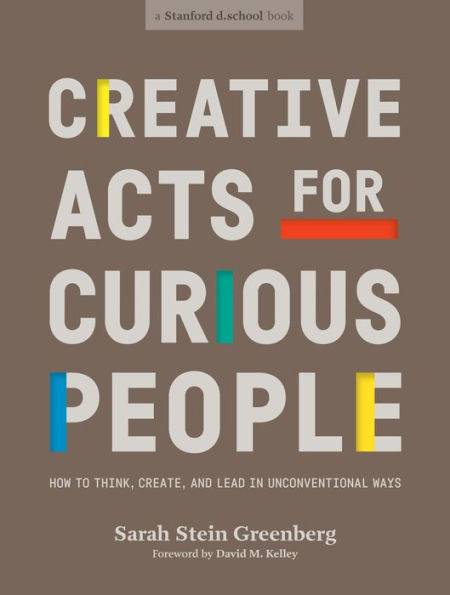Table of Contents
Foreword David M. Kelley vii
Introduction 1
Getting Started 7
The Assignments: Find Your Path 24
1 Blind Contour Bookend 30
2 How to Talk to Strangers 32
3 The Dérive 34
4 Handle with Care 36
5 Immersion for Insight 38
6 Shadowing 41
7 Fundamentals 44
8 A Seeing Exercise 46
9 Talkers & Listeners 48
10 The Wordless Conversation 51
11 Favorite Warm-Up Sequence 54
12 Interview Essentials 56
13 Party Park Parkway 61
14 Maturity, Muscle, Variety 64
15 Empathy in Motion 66
16 What's in Your Fridge? 68
17 Expert Eyes 70
The Journey from Not Knowing to Knowing 73
18 Learning How You Learn 74
19 Identify, Acknowledge, Challenge 78
20 Practicing Metaphors 81
21 Direct Your Curiosity 84
22 Remember That Time 86
23 The Monsoon Challenge 89
24 ABC Sketching 92
25 Reflections & Revelations 94
26 The Girl on a Chair 98
27 How We Are 100
28 Bisociation 102
29 The Secret Handshake 104
30 Map the Design Space 106
31 Rock Paper Scissors Tournament 109
32 First Date, Worst Date 112
33 The Solution Already Exists 114
34 How Are You Doing, Really? 116
Widening Your Lens 119
35 Fresh Eyes Sketching 124
36 Unpacking Exercises 126
37 Frame & Concept 130
38 Making Morning Coffee 133
39 Five Chairs 136
40 The Hundred-Foot Journey Map 138
41 Everyone Designs 142
42 Protobot 144
43 Experts / Assumptions 146
44 Stakeholder Mapping 149
45 The Banana Challenge 152
46 Micro-Mindfulness Exercises 154
47 A Day in the Life 156
The Feeling of Learning 161
48 Tether 168
49 Solutions Tic-Tac-Toe 171
50 A Briefcase Viewpoint 174
51 Instant Replay 178
52 Tell Your Granddad 181
53 Distribution Prototyping 184
54 When to Change Your Mind 188
55 Embodied Prototyping 190
56 The Test of Silence 193
57 How to Give Feedback 196
58 What? So What? Now What? 200
59 High Fidelity, Low Resolution 202
Productive Struggle 207
60 I Like, I Wish 212
61 What Went Down 215
62 Your Inner Ethicist 218
63 The Futures Wheel 221
64 Units of Energy Critique 224
65 More Brave People 228
66 Build a Bot 230
67 Designing Tools for Teams 235
68 This Assignment Is a Surprise 238
69 The Final Final 242
70 Personal Project 244
71 Learning Journey Maps 246
Putting It All Together 251
72 The Haircut 254
73 The Ramen Project 255
74 Family Evening Experience 258
75 Thirty-Million-Word Gap 259
76 Organ Donation Experience 262
77 Stanford Service Corps 264
78 Post-Disaster Finance 266
79 Taking Responsibility 268
80 Scope Your Own Challenge 270
81 I Used to Think … & Now I Think 272
Creative Acts: Behind the Scenes 275
The Haircut: A Design Challenge 280
Index 292



